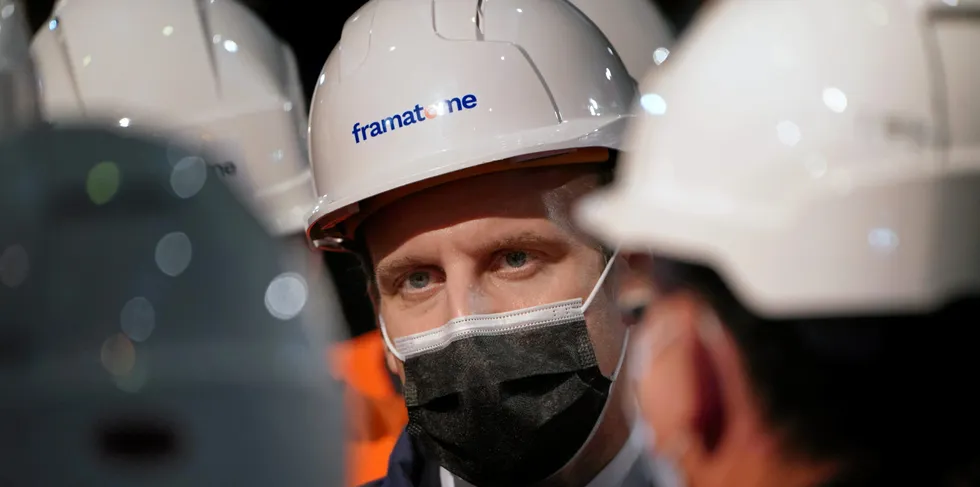Macron hails pink hydrogen from nuclear as 'primary asset' for France
President flags prospect of nuclear-powered electrolysis as nation vows to be H2 leader by 2030

President flags prospect of nuclear-powered electrolysis as nation vows to be H2 leader by 2030
